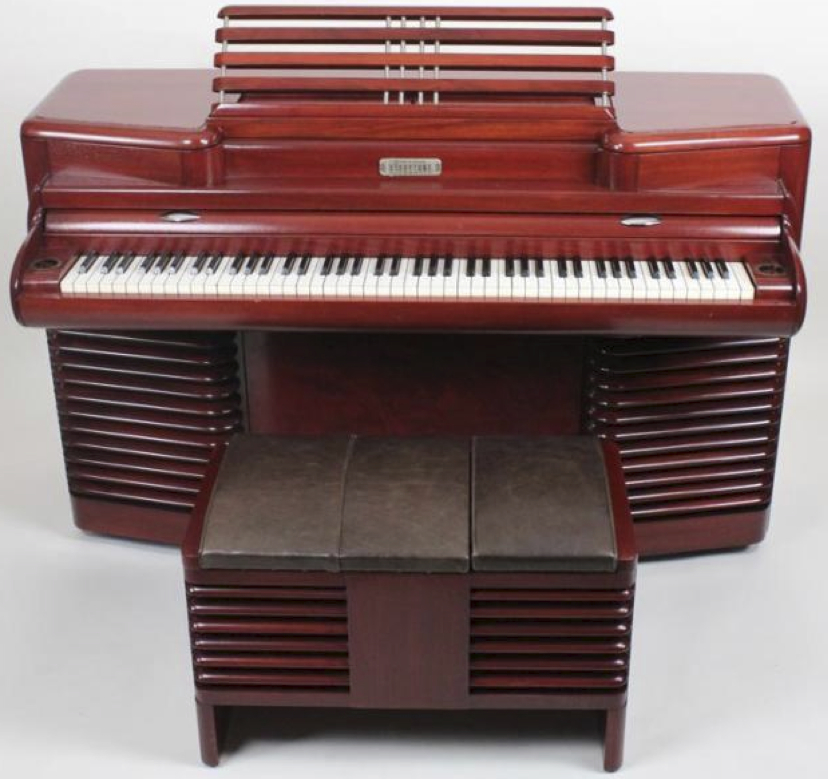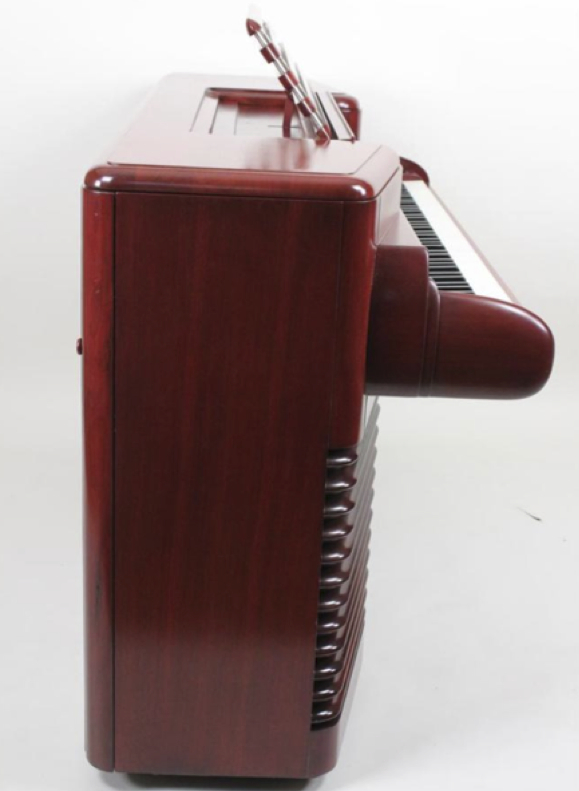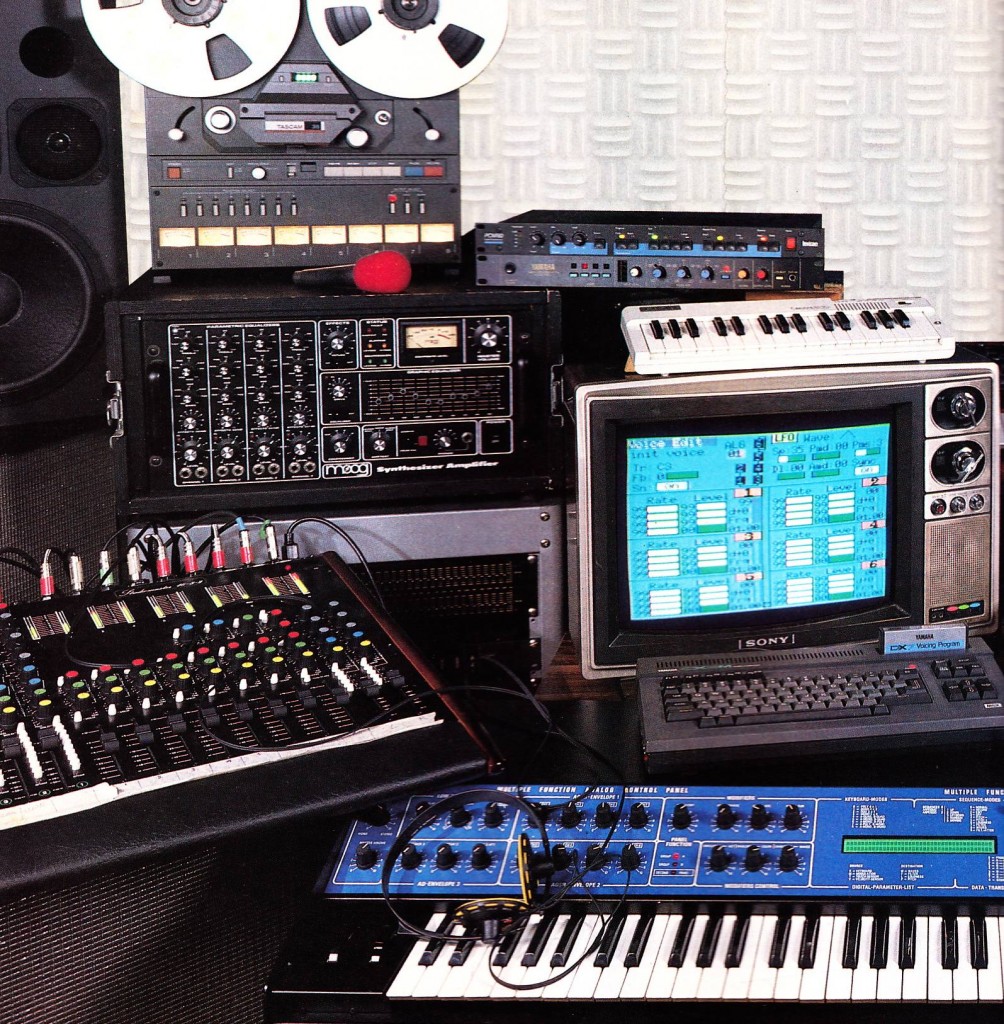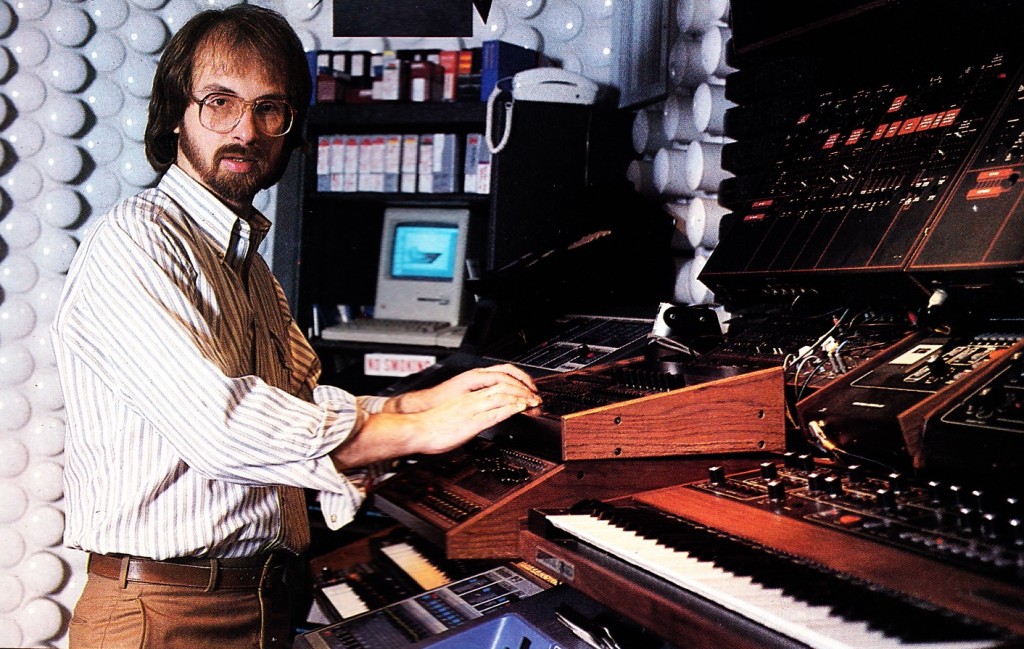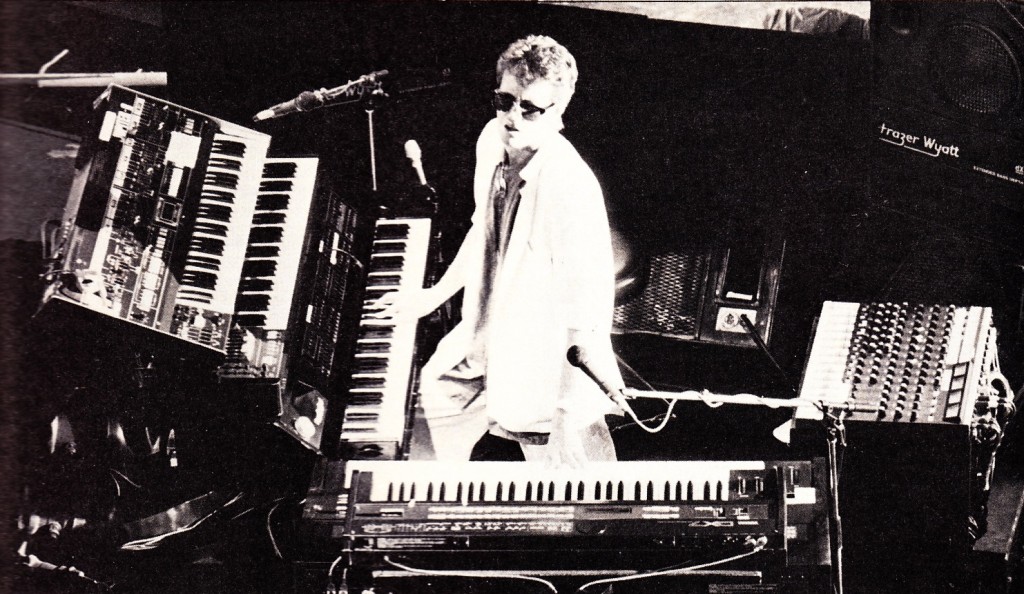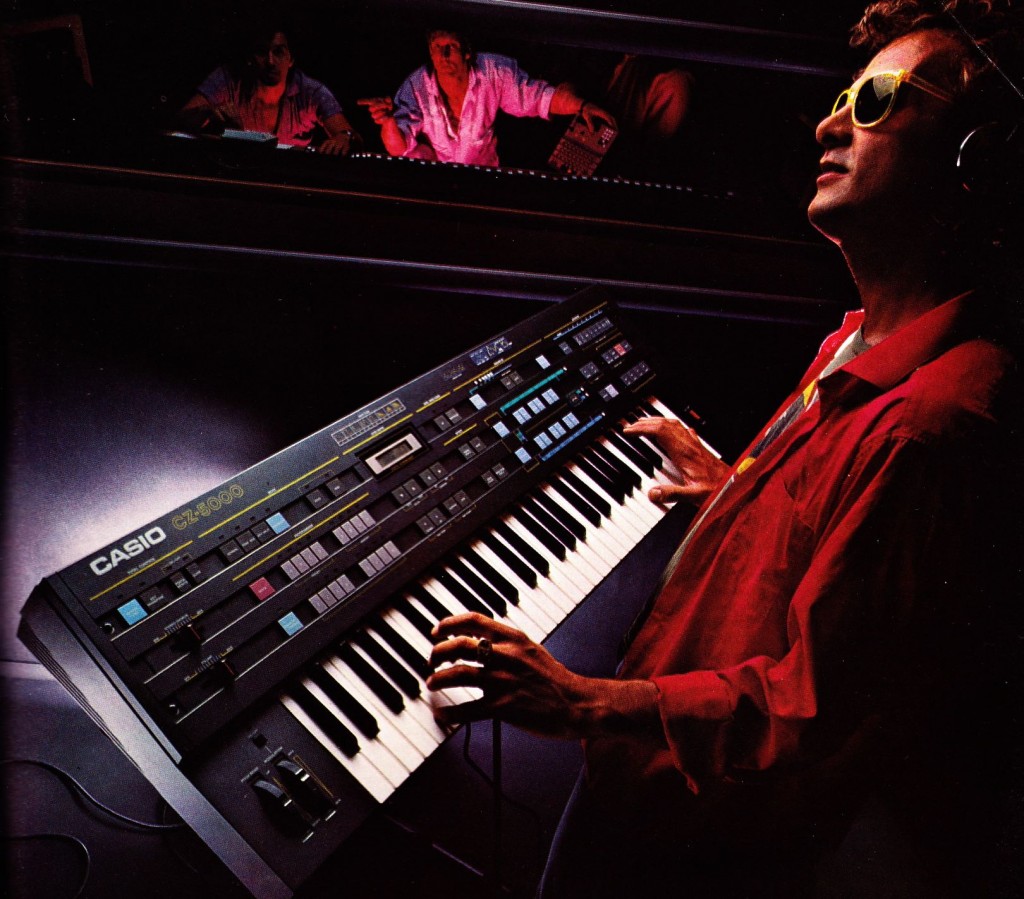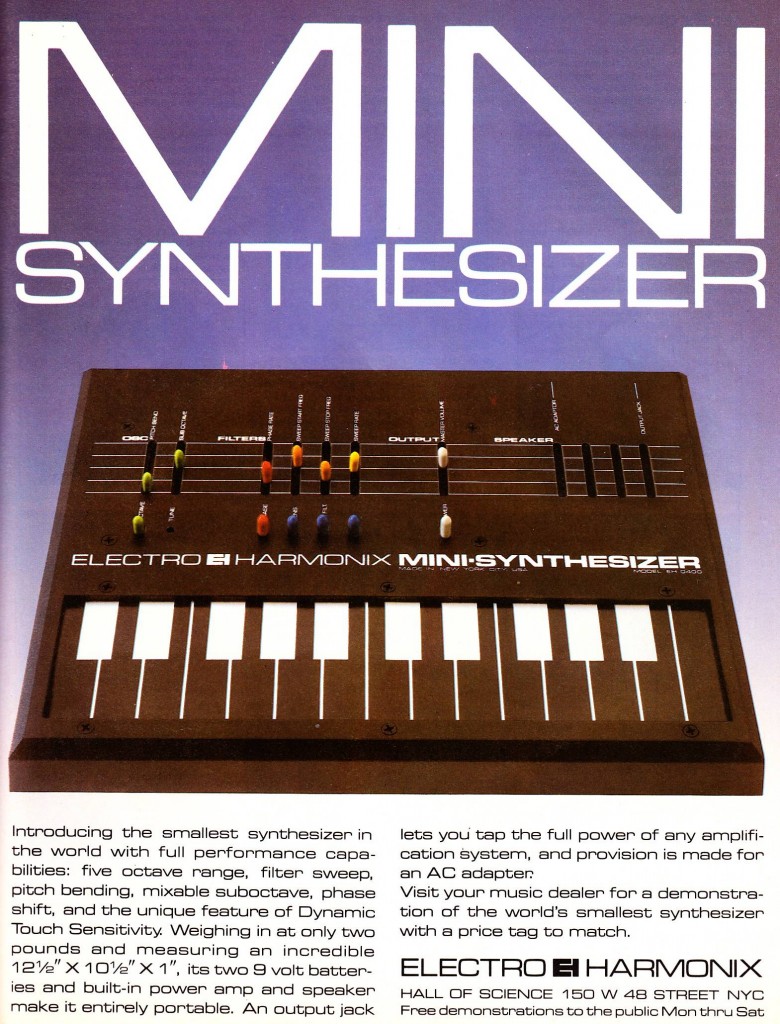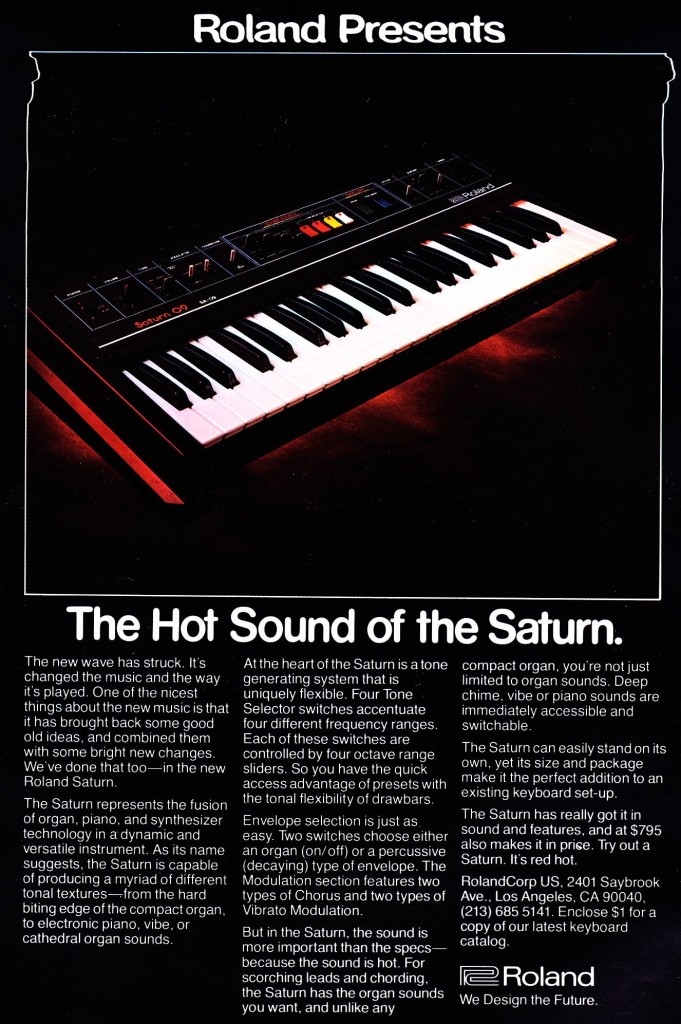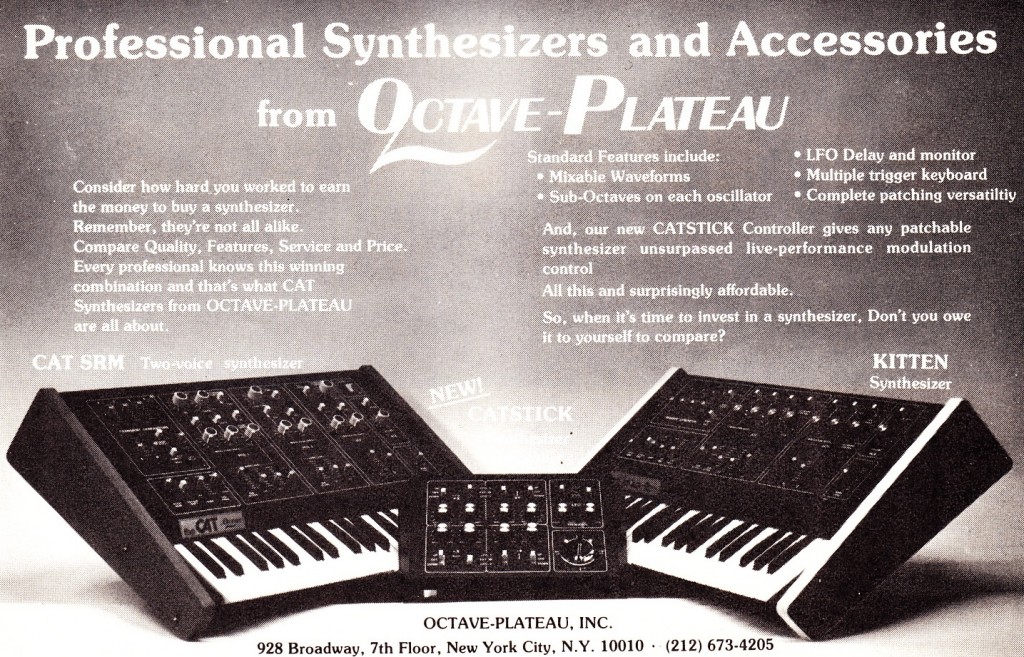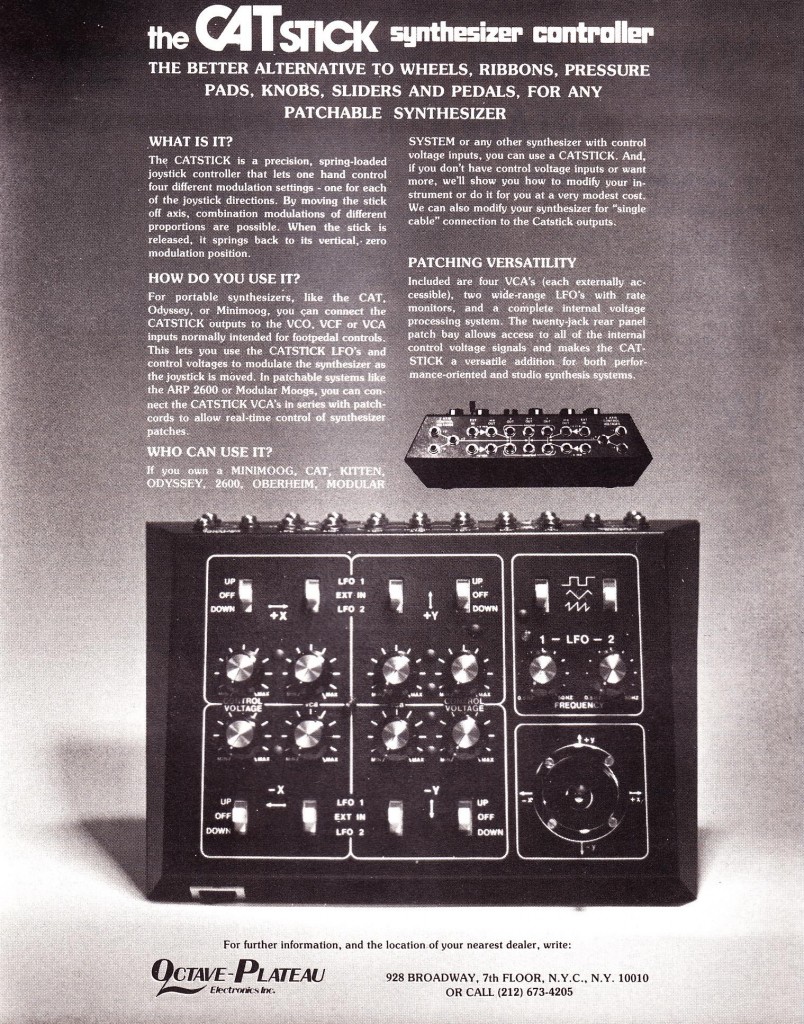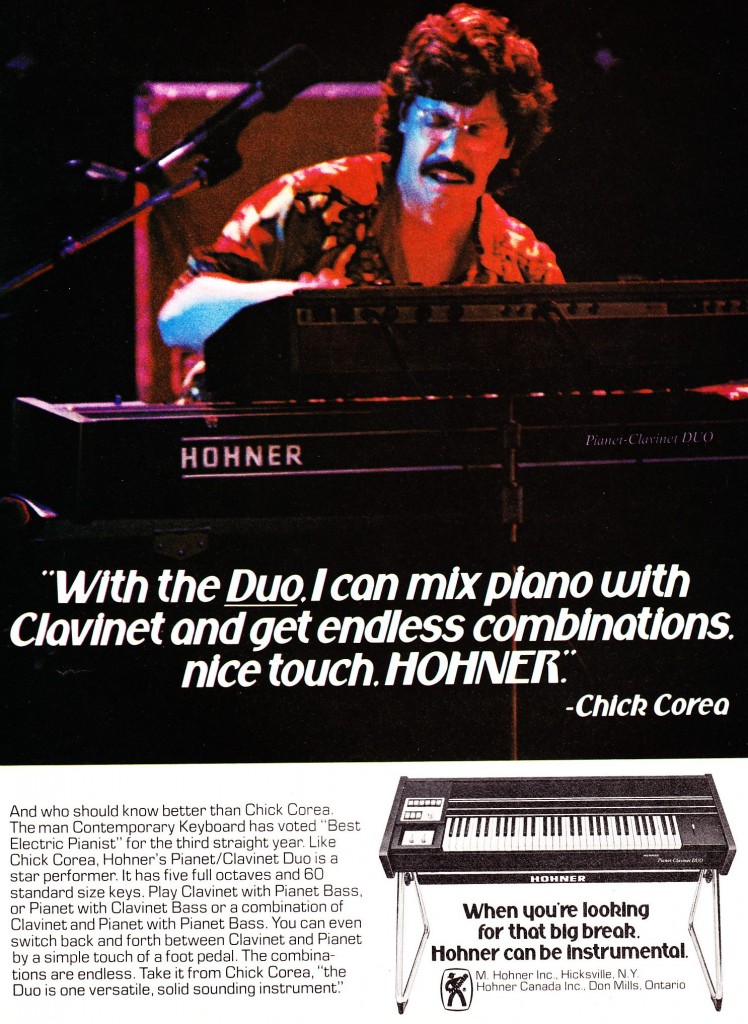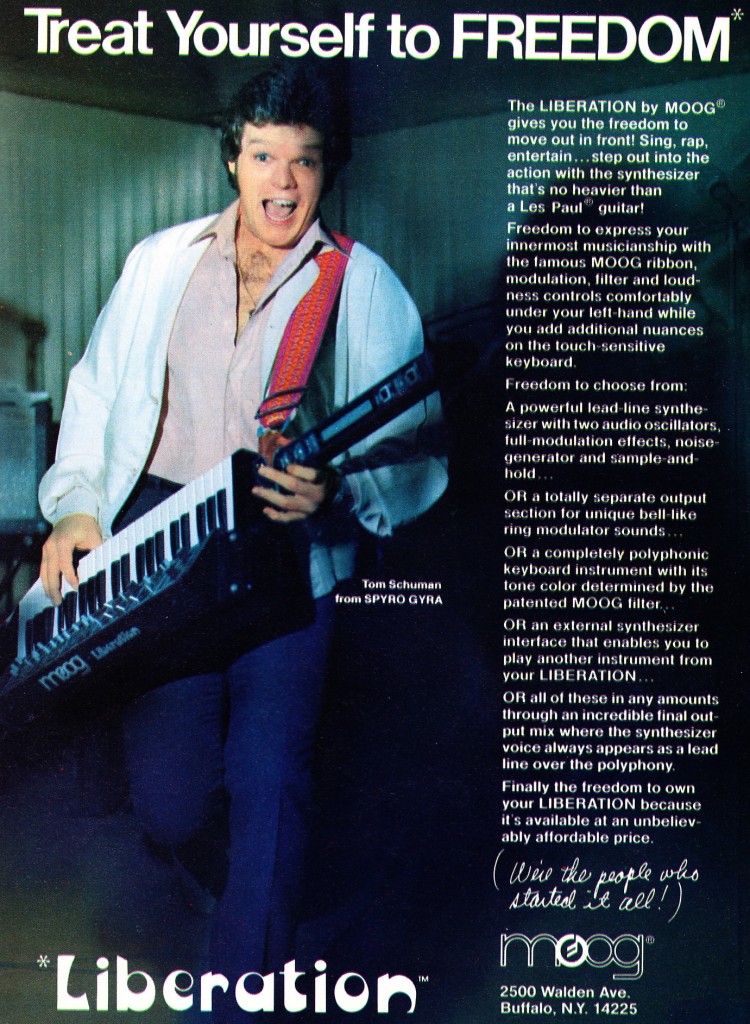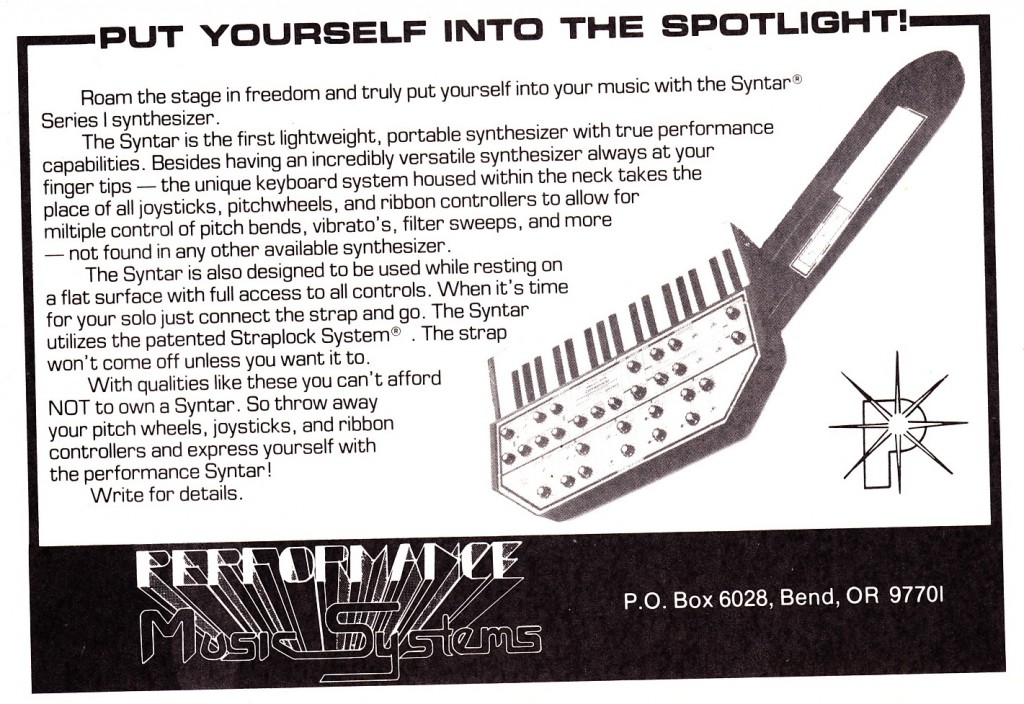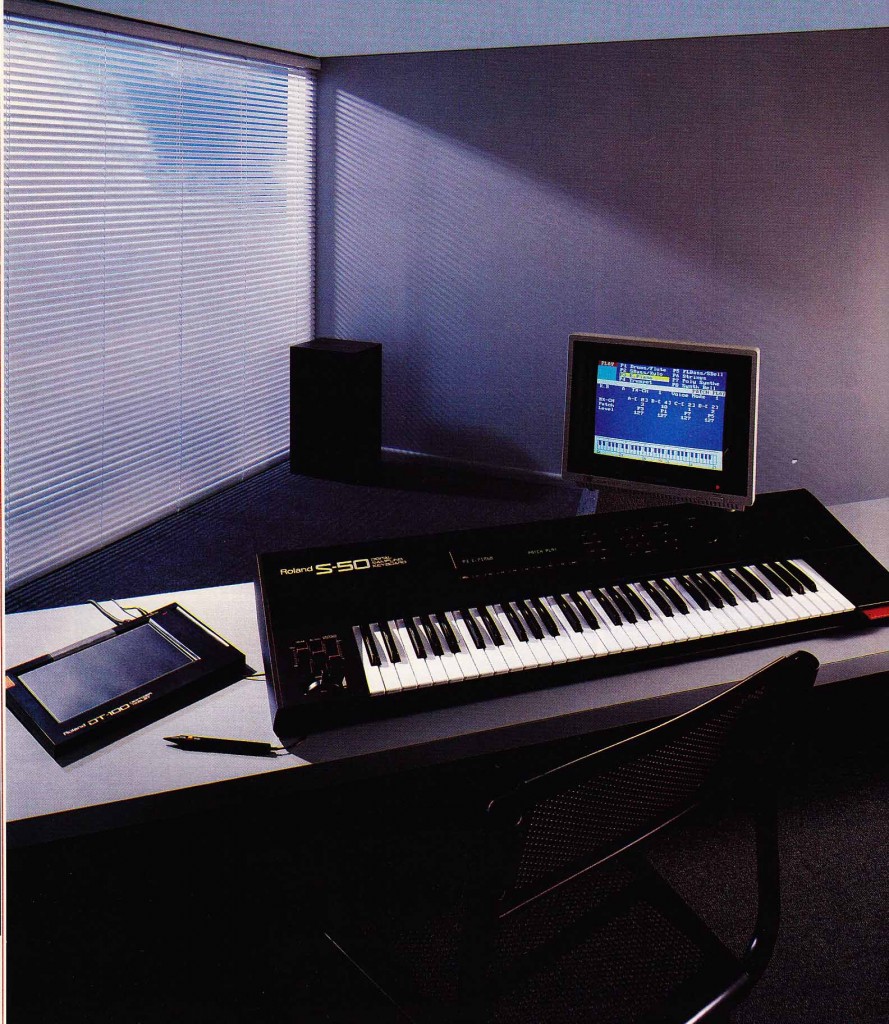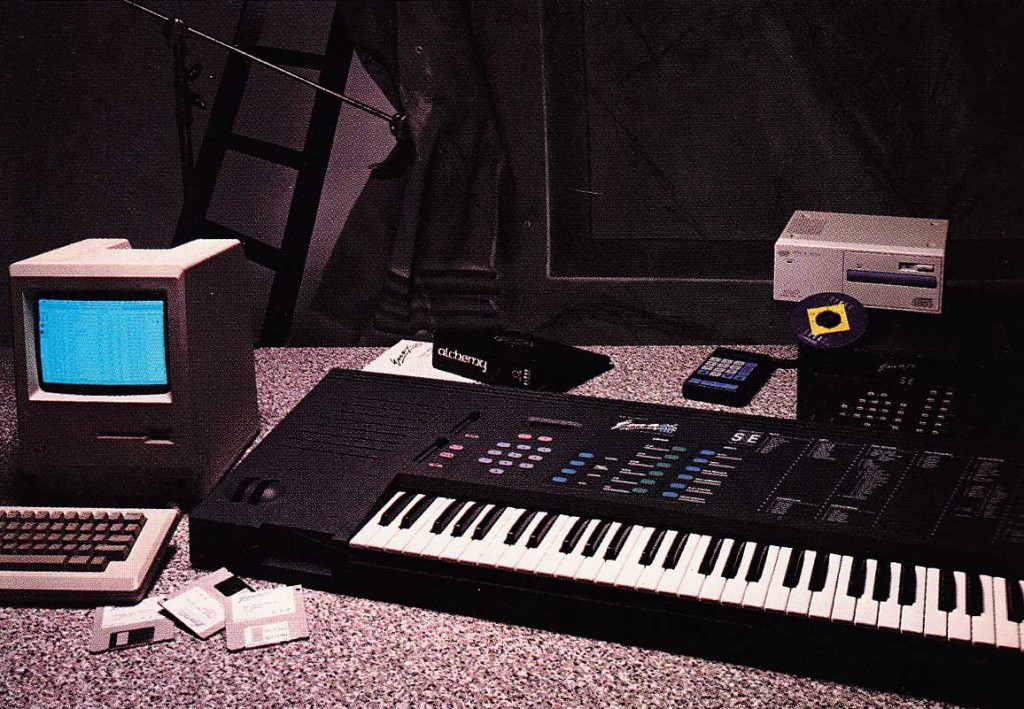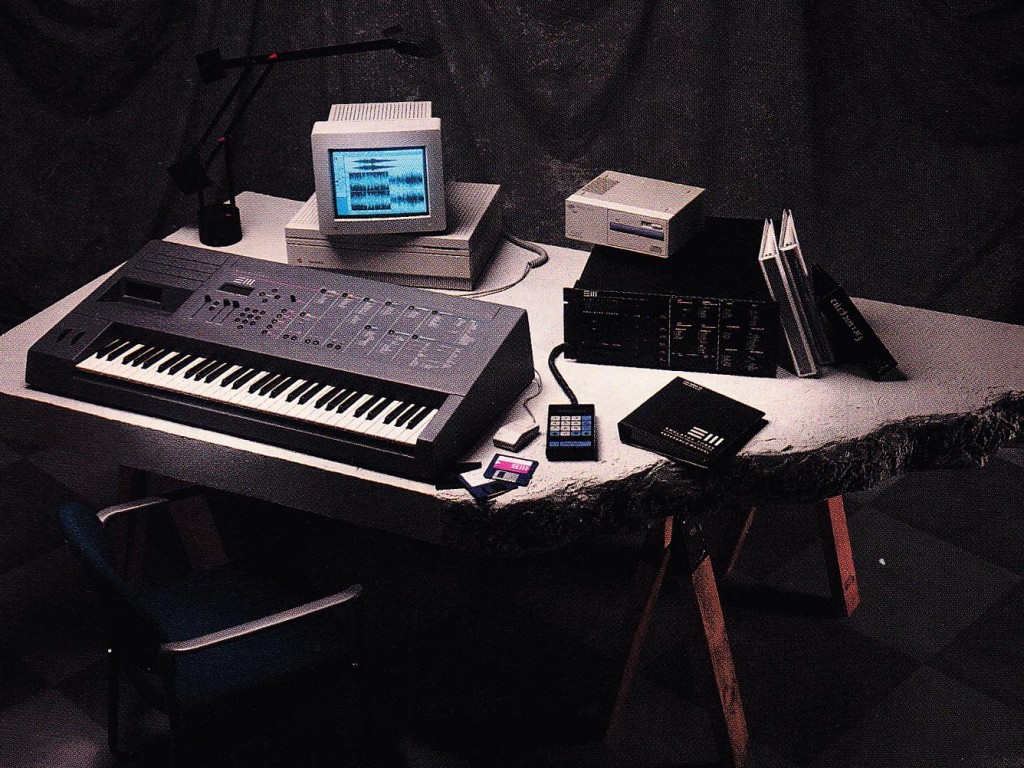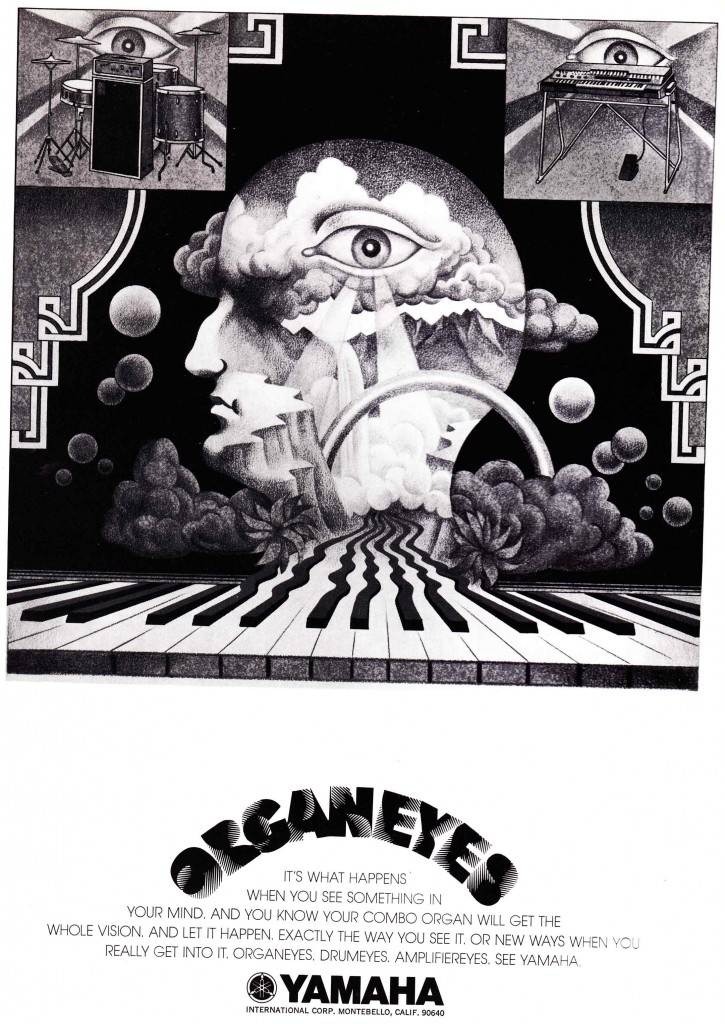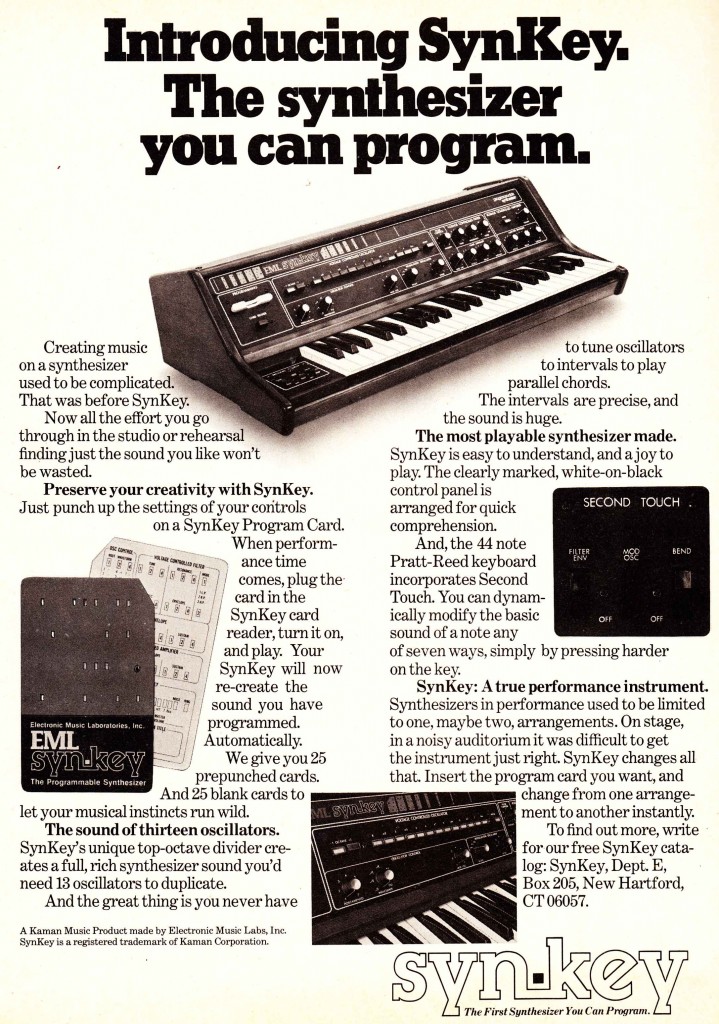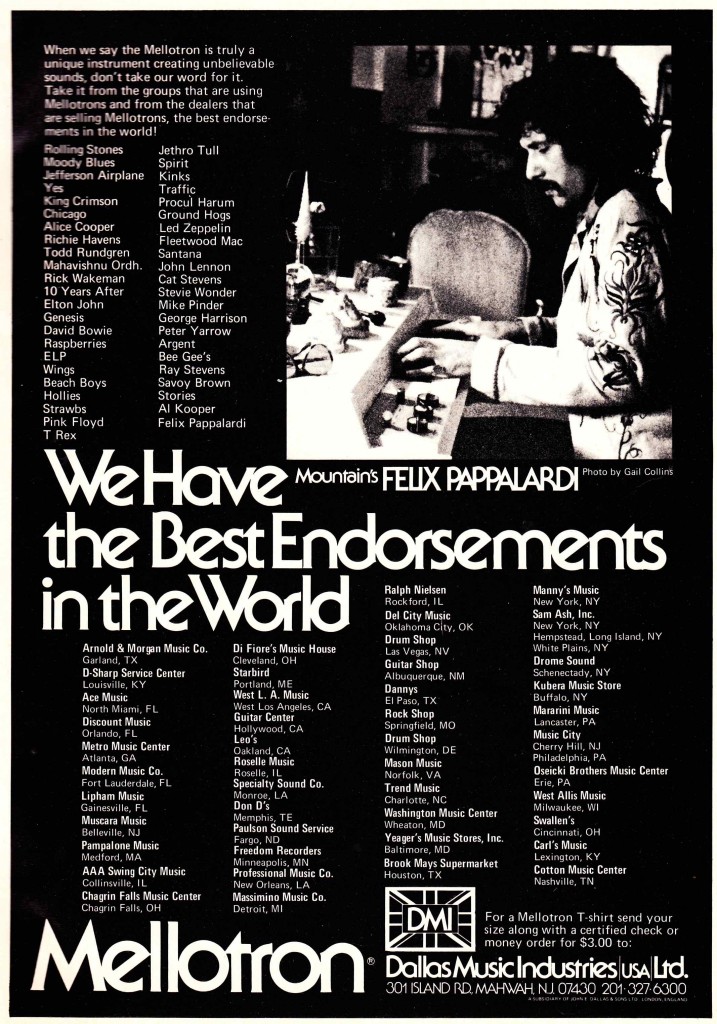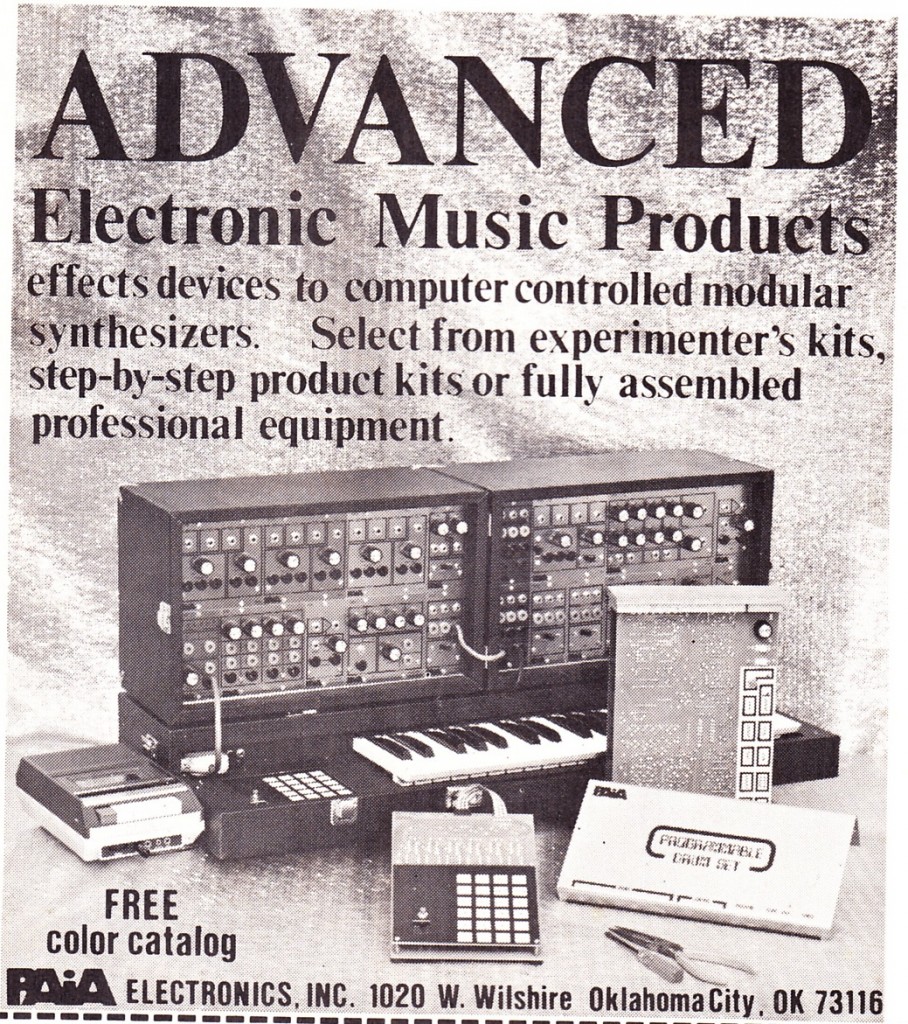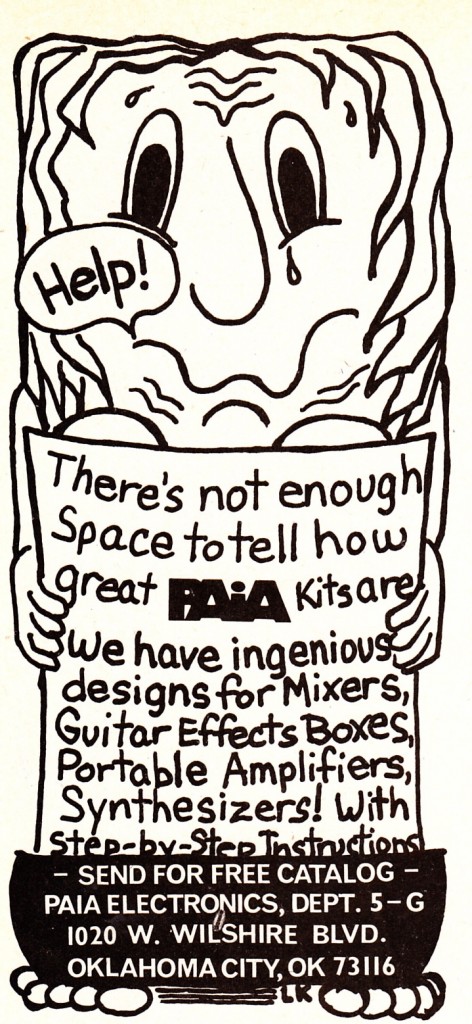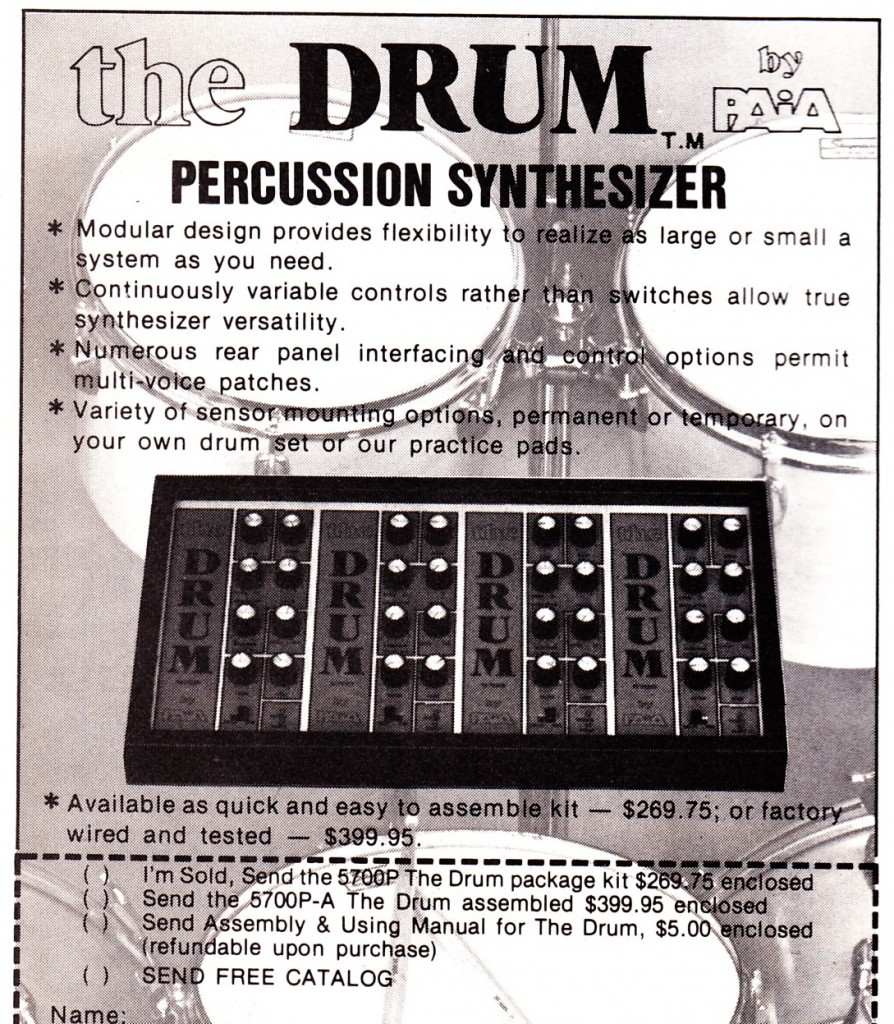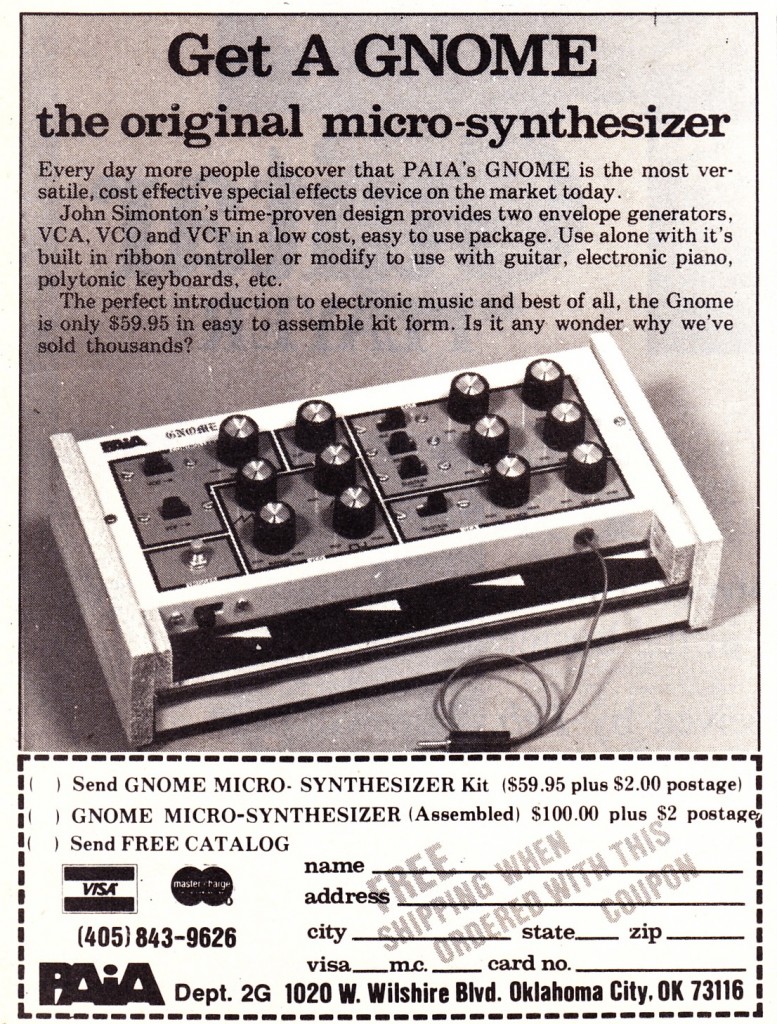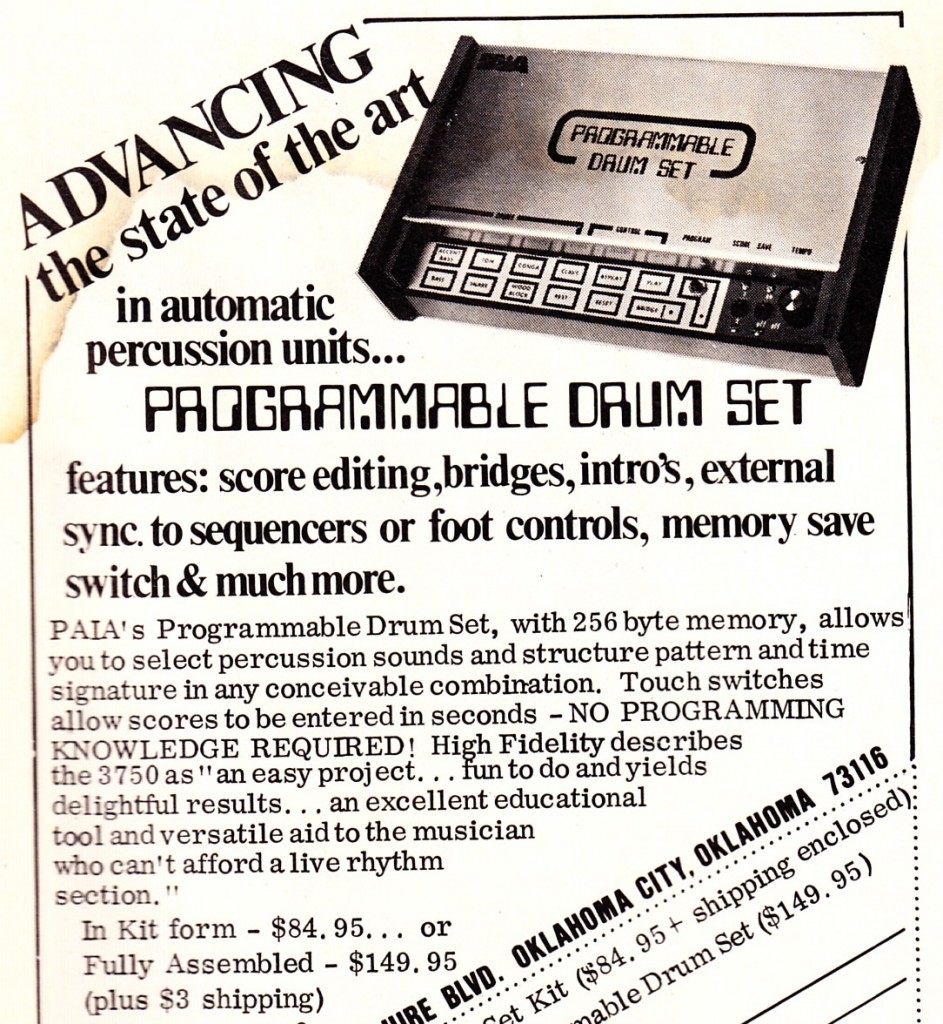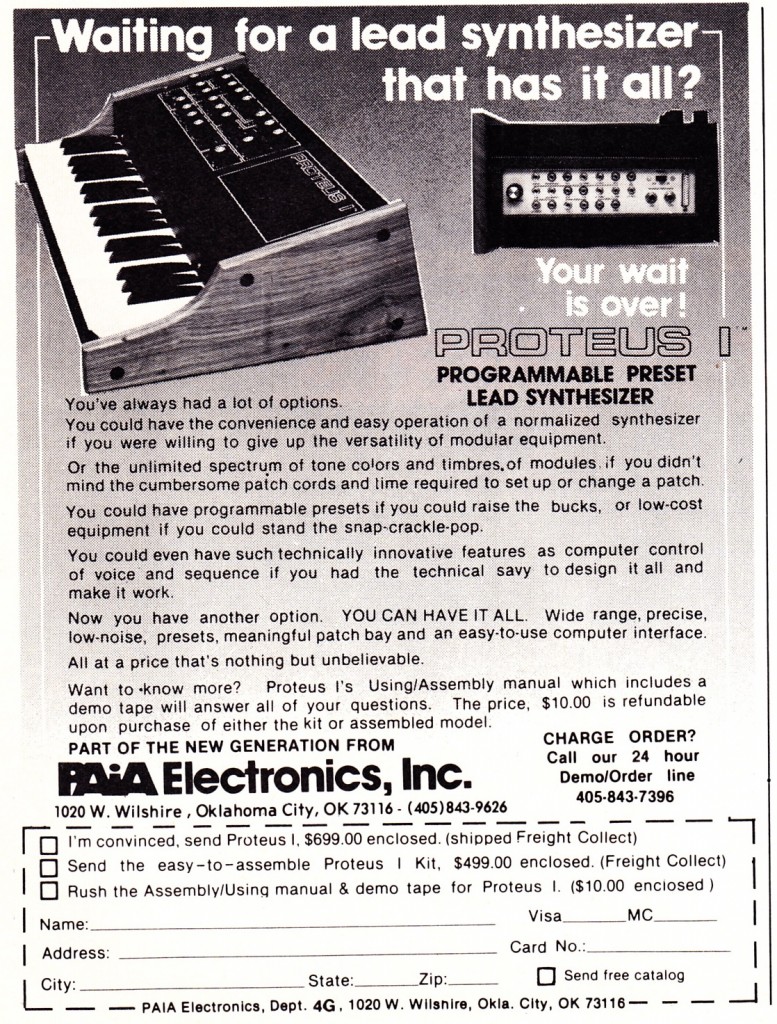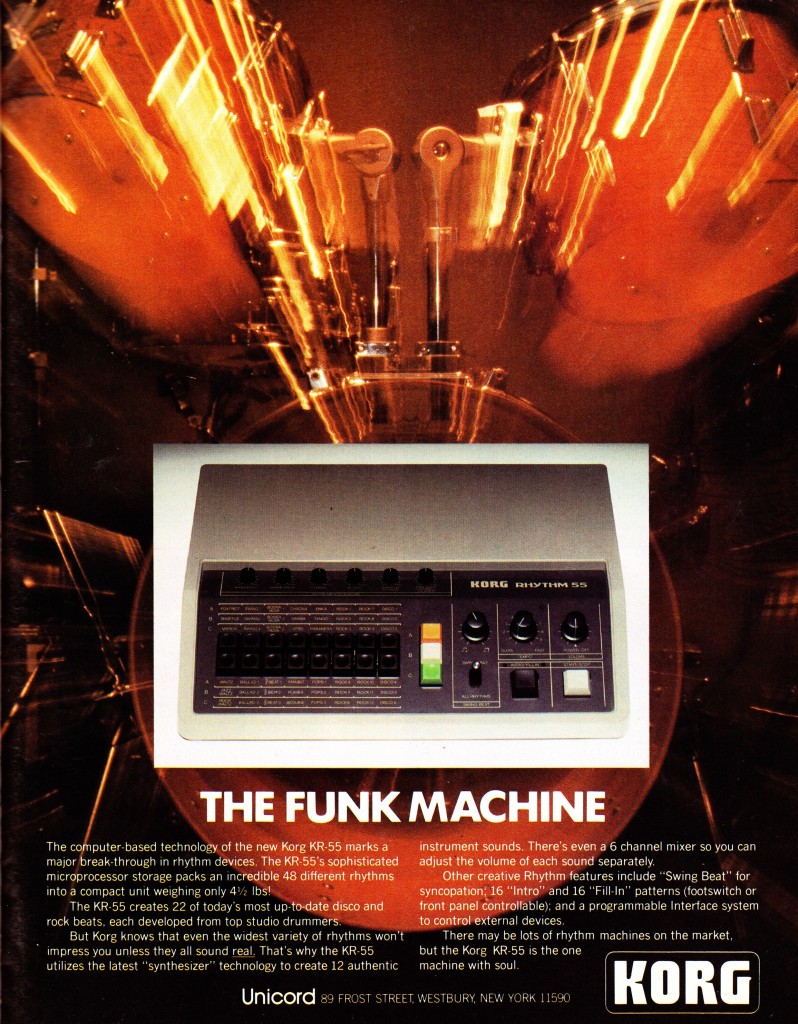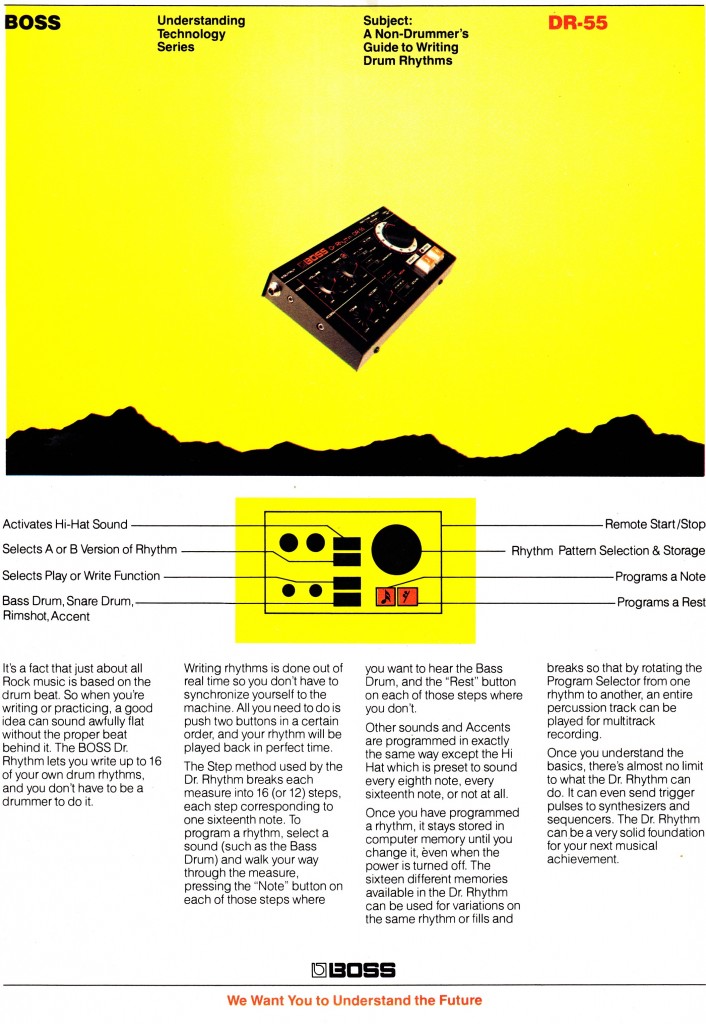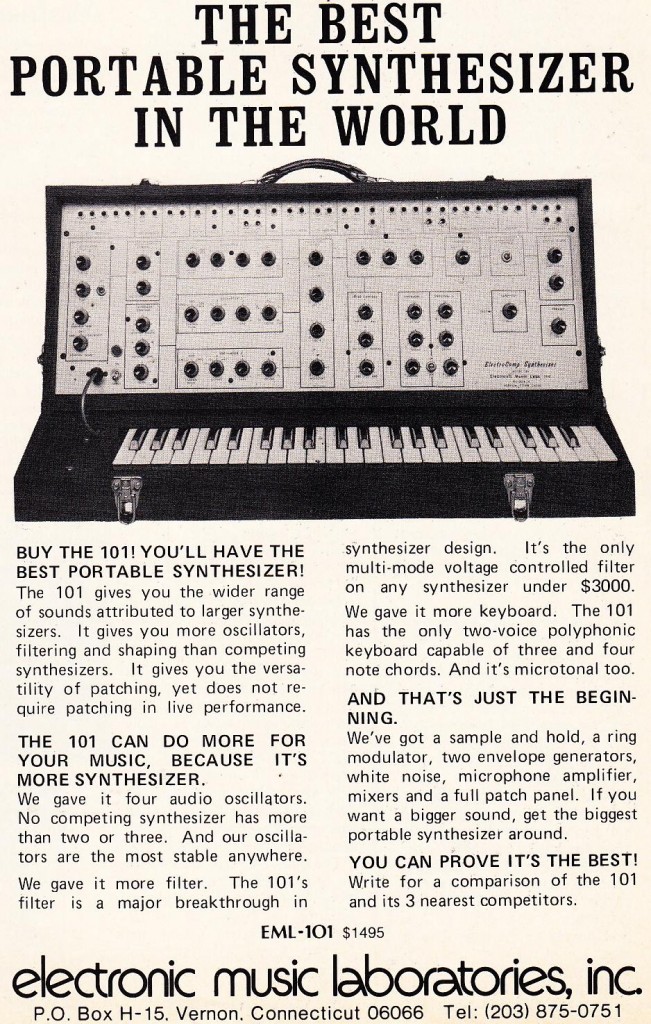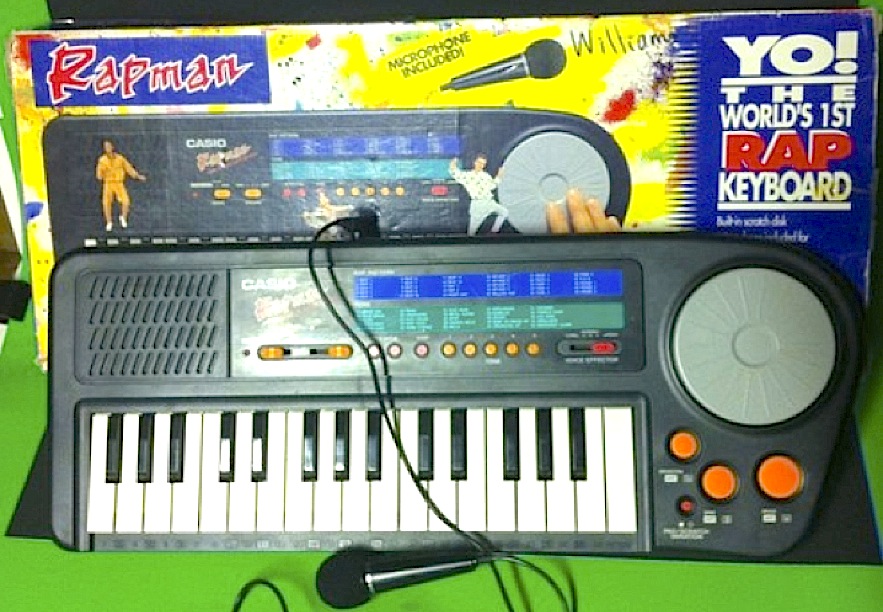 (Image Source)
(Image Source)
On eBay: a circa 1990 Casio Rap-1 ‘Rapman’ synthesizer/child’s-toy. In its original box with original accessory-microphone; click here and make it yours for $20 plus s+h.
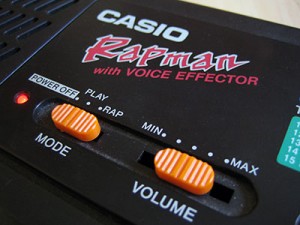 The Rapman (see here for a detailed analysis of its feature-set and cultural positioning) is an early example of the trend to market synthesizers towards performers of specific genres of music. Other notable examples (and there are many more…) include the E-Mu Planet Phatt and Orbit (hip hop and dance, respectively).
The Rapman (see here for a detailed analysis of its feature-set and cultural positioning) is an early example of the trend to market synthesizers towards performers of specific genres of music. Other notable examples (and there are many more…) include the E-Mu Planet Phatt and Orbit (hip hop and dance, respectively).
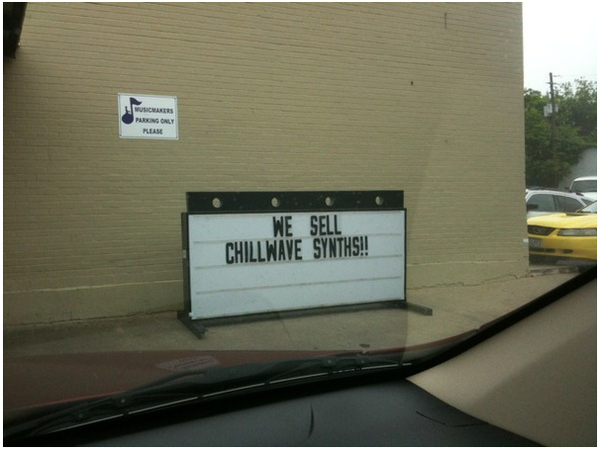 (image source)
(image source)
Above, a recent attempt by an equipment-retailer to genre-fix some of their keyboard wares. A quick scan of the current crop of widely-available synthesizers indicates that there are in fact no actual ‘chillwave-branded’ instruments but nice try anyhow.
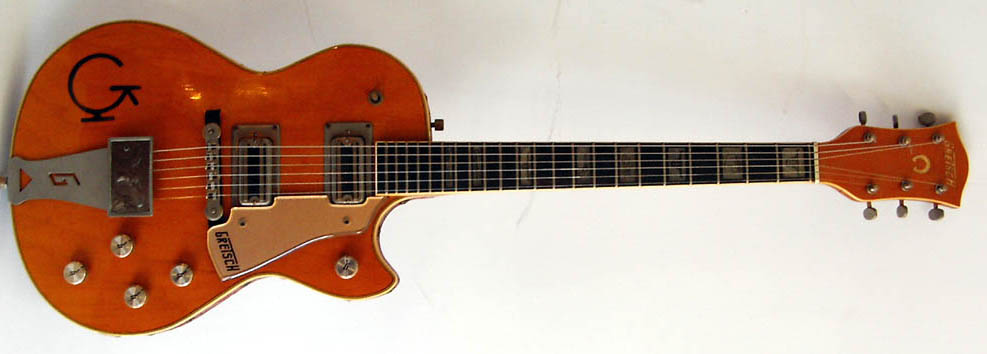 (image source)
(image source)
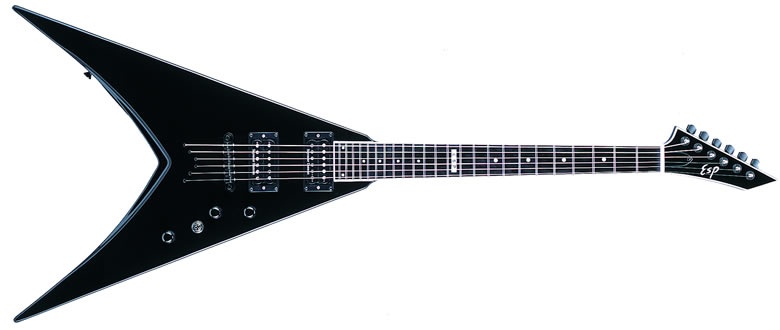 (image source)
(image source)
Genre-branded guitars are nothing new, of course; above we can see the ‘Gretsch Country-Roc’ circa 1976 and below it a recent ESP something-or-other. Since the electric guitar is generally worn as apparel on-stage and in photographs, its presentational aspect offers ample opportunity for associating it with a specific set of aesthetic and cultural values. On the other hand, how much of a musician’s keyboard (or synth-module) does an audience member ever see? Only the narrow strip at the rear; any free-space there is generally used for overall manufacturer-branding.
 (image source)
(image source)
Whatever special-value for use in any particular genre of music, therefore, is largely limited to the actual sonics of the keyboard instrument and not its appearance. Attempts to buck this trend have resulted in limited success.
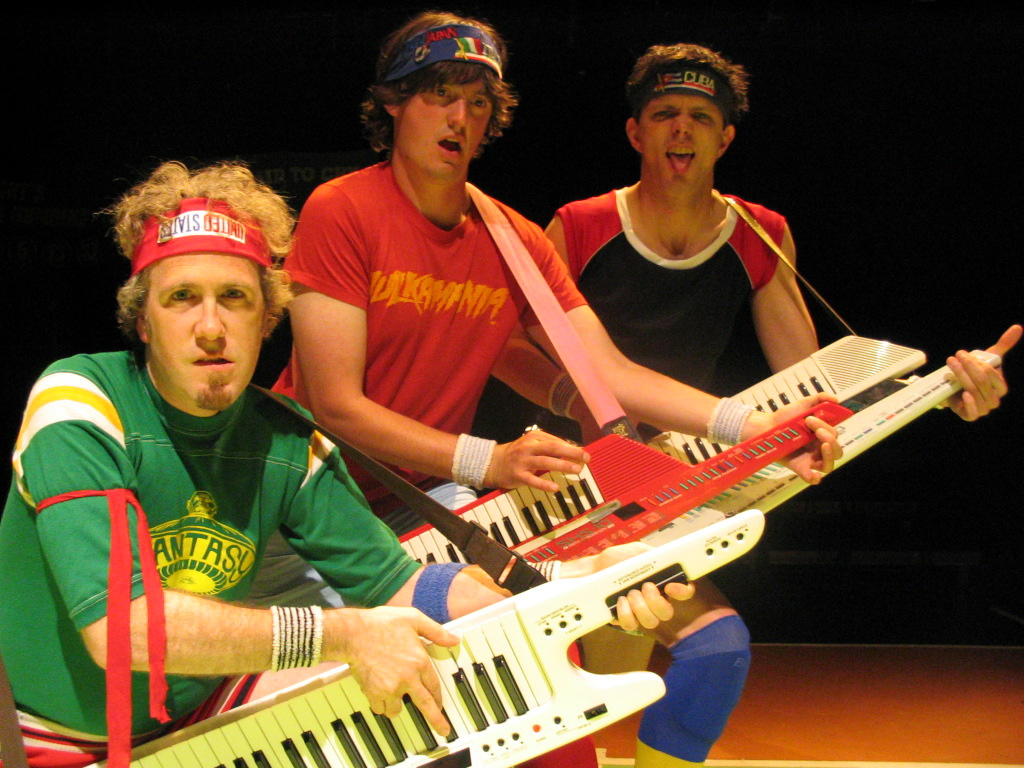 (image source)
(image source)
The Keytar, for instance, presents no so much a particular genre-affiliation but rather a desire to celebrate the values of the 1980s.
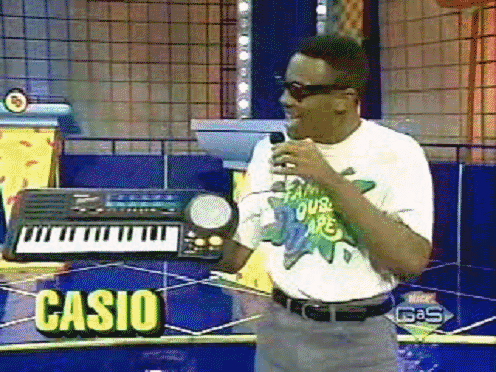 (source)
(source)
If you’re curious about the sonic-possibilities of the Casio Rapman, you can gain access to its drum sounds by downloading a free sample-set offered at this website. For the rest of its bounty, you’re just gonna have to drop the $40 or wait for the right yard-sale.
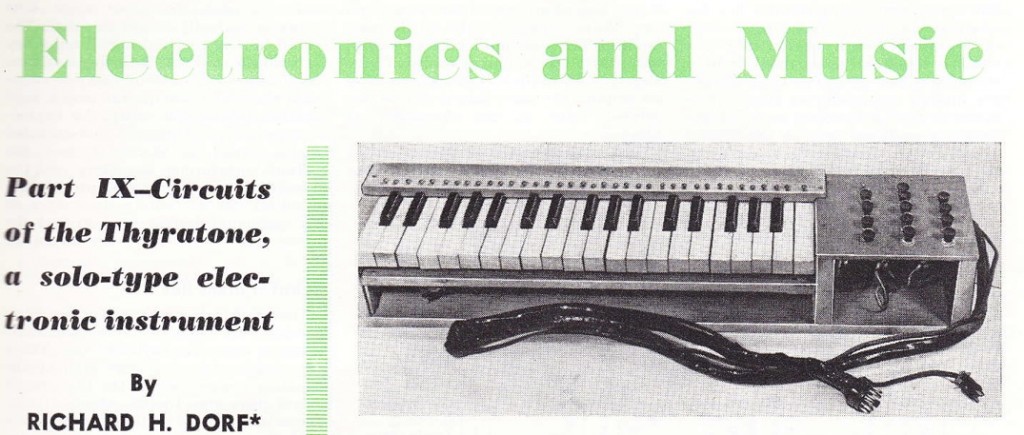 Download a ten-page pair of articles from RADIO ELECTRONICS, 1951, on the subject of building your own keyboard synth. Author Richard H. Dorf.
Download a ten-page pair of articles from RADIO ELECTRONICS, 1951, on the subject of building your own keyboard synth. Author Richard H. Dorf.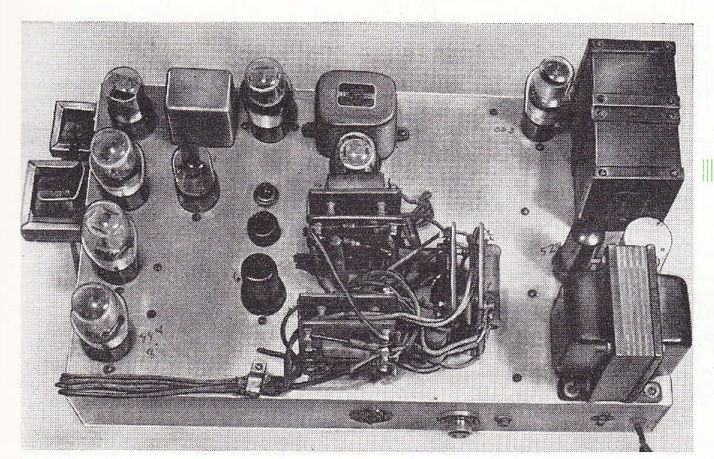
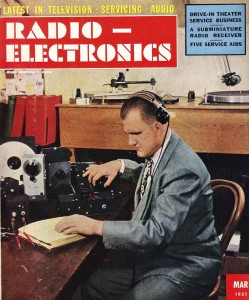 This has got to be one of the most insane DIY projects I have encountered from the era. You would have to be a really ambitious MF’r to try and crack this one. Also, and perhaps this goes without saying, it was very ahead of its time. The Thyratone predates the appearance of the Musitron (AFAIK, the first synth to be used on a pop hit) by eight years. Many now-accepted synthesizer features, such as variable attack and decay, are fixed in the this circuit so as to more closely create the sound of a conventional organ, but since everything in the article is more or less explained, it seems certainly possible to make these aspects player-adjustable.
This has got to be one of the most insane DIY projects I have encountered from the era. You would have to be a really ambitious MF’r to try and crack this one. Also, and perhaps this goes without saying, it was very ahead of its time. The Thyratone predates the appearance of the Musitron (AFAIK, the first synth to be used on a pop hit) by eight years. Many now-accepted synthesizer features, such as variable attack and decay, are fixed in the this circuit so as to more closely create the sound of a conventional organ, but since everything in the article is more or less explained, it seems certainly possible to make these aspects player-adjustable.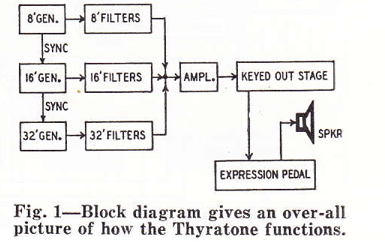 Anyone ever tried building a keyboard-playable, all-tube synthesizer? Success?
Anyone ever tried building a keyboard-playable, all-tube synthesizer? Success?